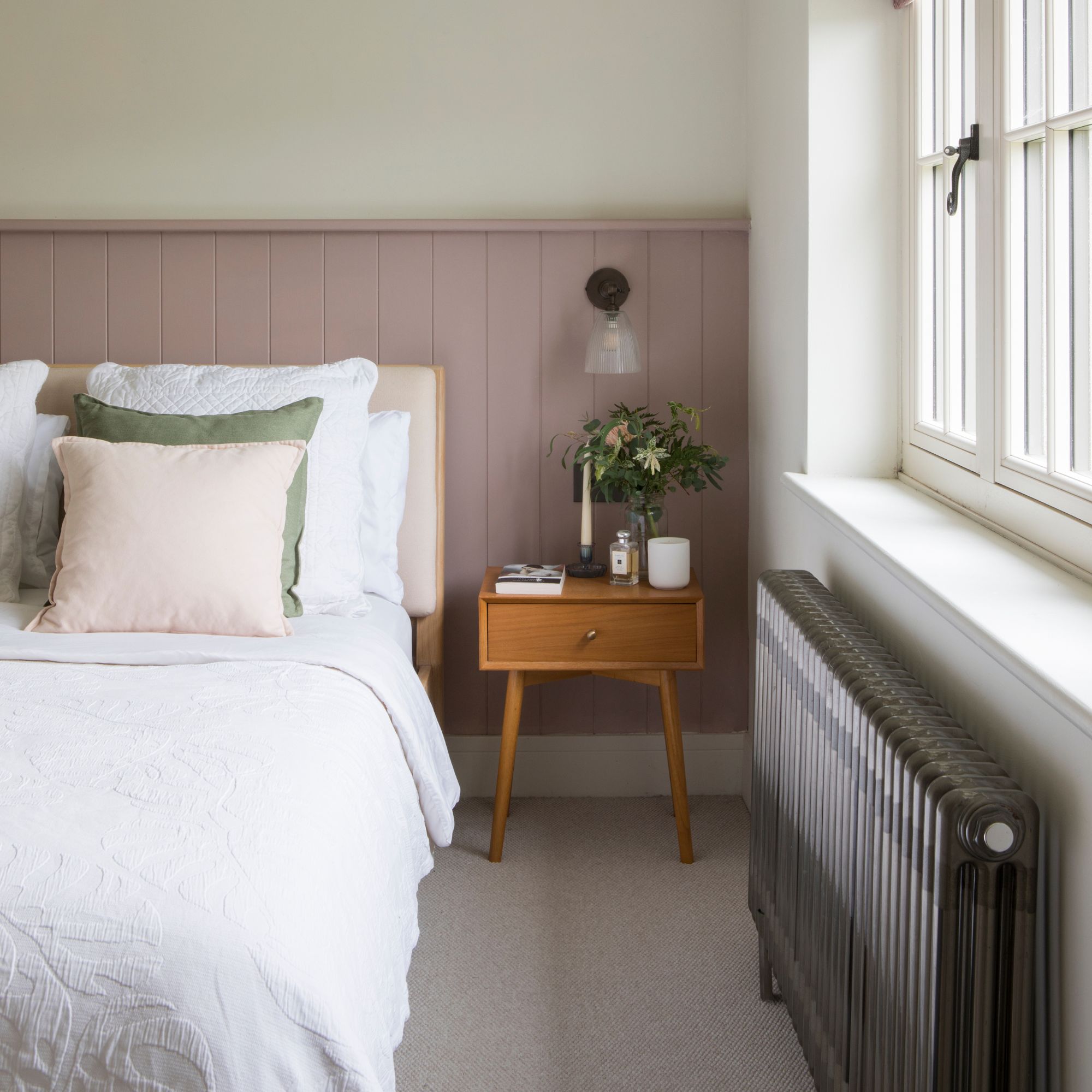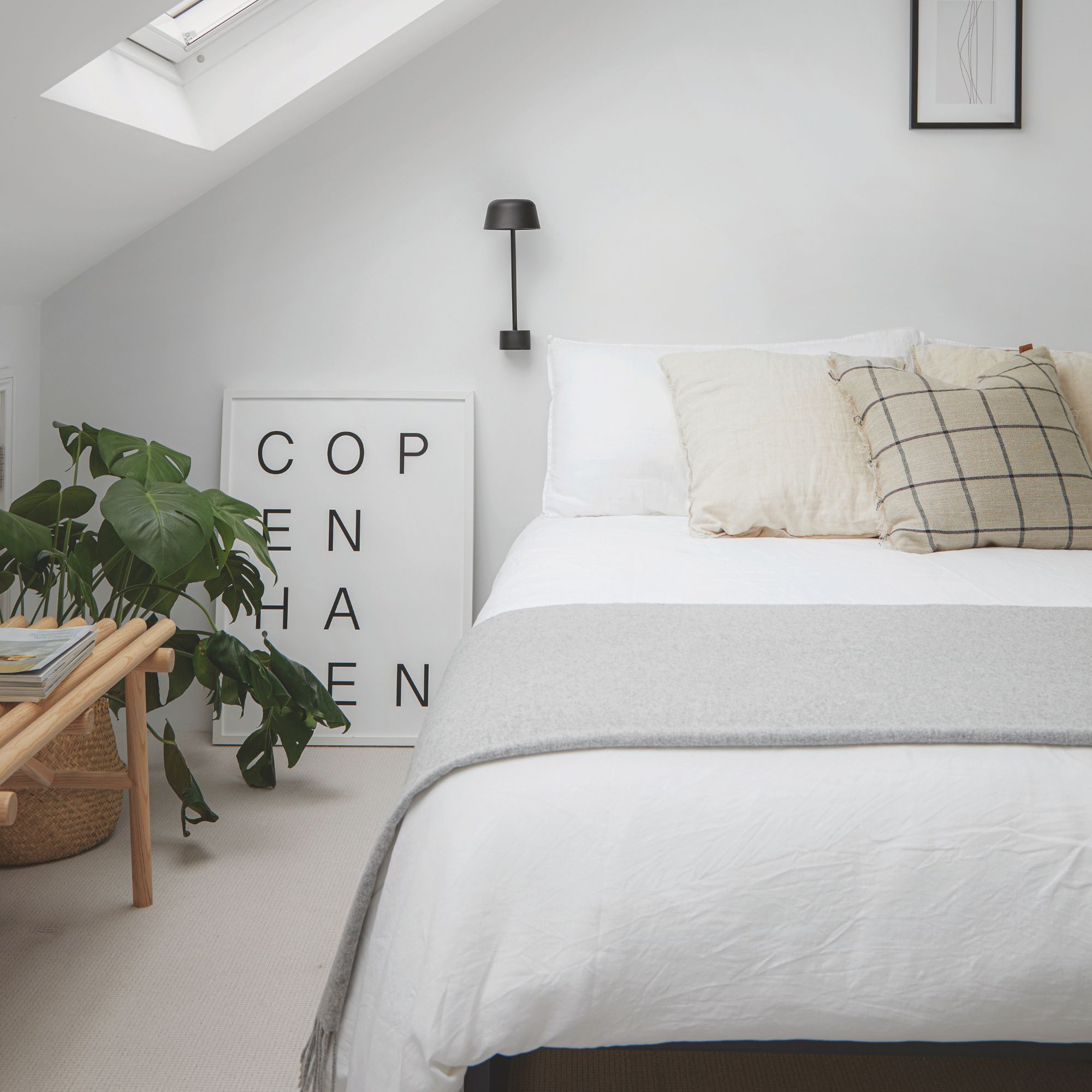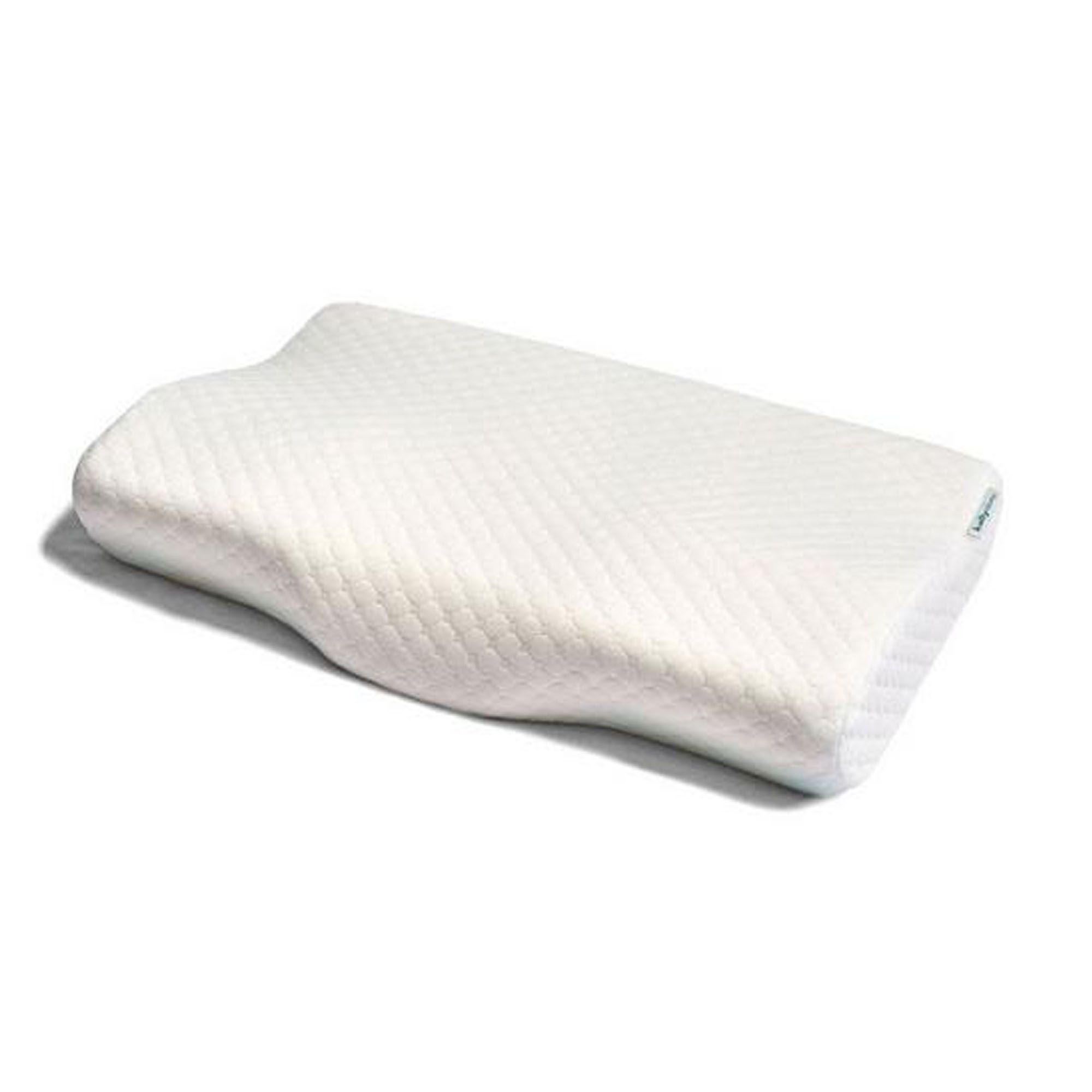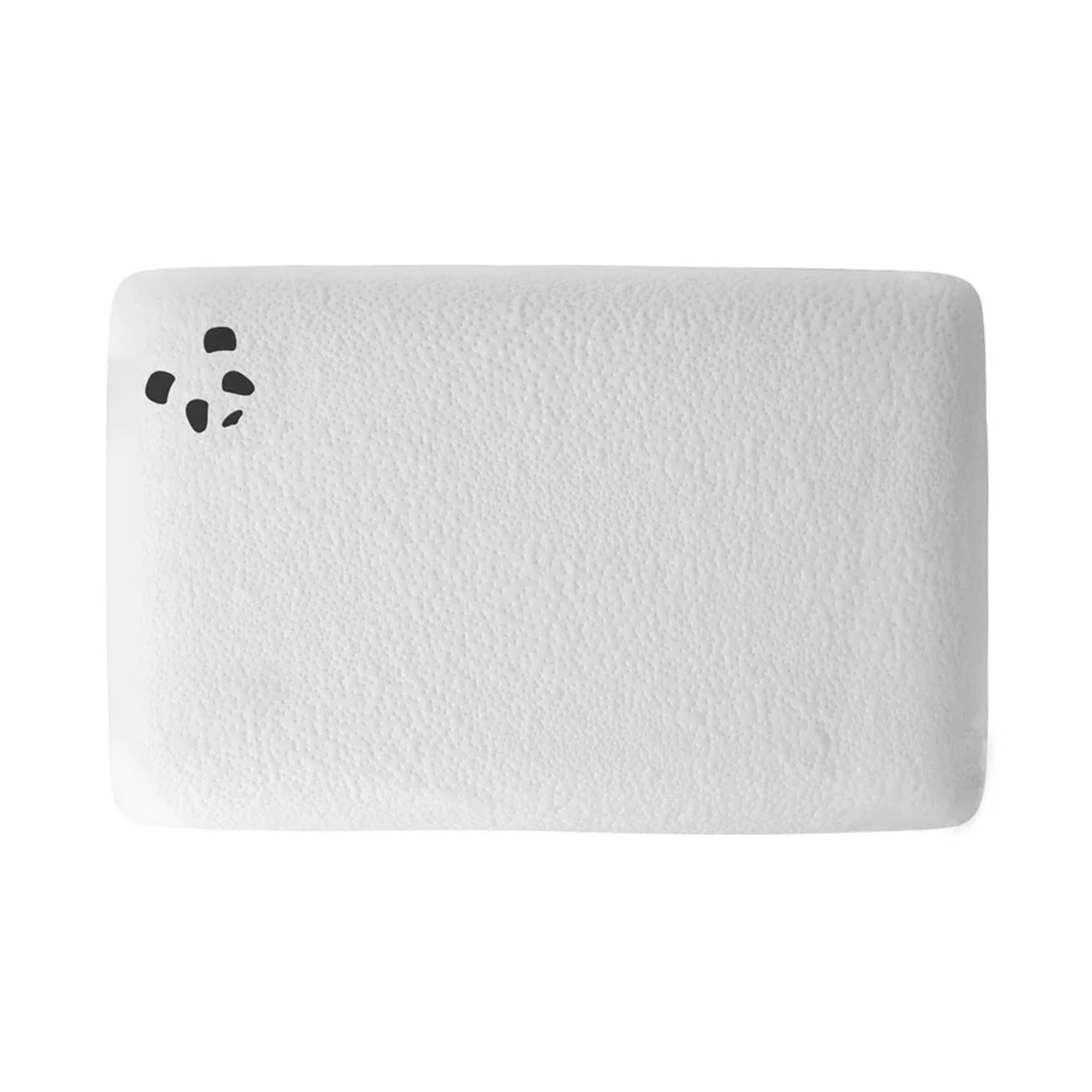
Each of us has our own unique sleeping style, whether that’s face-planting the pillow, becoming a human starfish with arms and legs spread-eagled, or curling up into protective ball.
However, sleep experts say there’s one sleeping position that has less to do with individual comfort preferences and has more to do with us not having found the best pillow for our sleep needs; that’s whether we sleep with our arm under our pillow at night.
Why? I asked a range of sleep and posture experts to explain.
Why do I sleep with my arm under my pillow?
‘If you’re a side sleeper, you may find that you unconsciously slide your arm under your pillow for a good night’s sleep,’ says Sammy Margo, sleep expert at Dreams. ‘While this can be beneficial for extra head and neck support, it does call into question why your pillow isn’t giving you that support in the first place.’
‘Sleeping with your arm under your pillow is really common,’ continues James Leinhardt, sleep posture expert, and founder of Levitex. ‘People tend to do it if their pillow isn’t supporting their heads.'
'Our heads weigh four to six kilos, and if the pillow is not doing the job, you'll subconsciously use your arm instead to support your head because your neck is in need of some real support.’
'In terms of posture, some adopt this position to support their head, especially if their pillow is too low or flat,’ agrees sleep expert, registered osteopath, and founder of The Sleep Site, Dave Gibson.
As I write this I’ve just got back from a weekend away where the bed I slept in came with two very flat and low pillows.
I normally sleep on my side on a fairly high pillow, and just like our experts say, on the lower pillows I found myself instantly sliding my arm under the pillow to lift my head up, something I never find myself doing at home.

Personally, I didn’t find this sleeping position that comfortable and was very eager to get back to my own bed for a better night’s sleep, but is adopting this sleep position and using your arm for support actually bad for you?
Is it bad to sleep with my arm under my pillow?
'Is it bad to sleep with your arm under your pillow? If you wake up with a dead arm, a dead hand, pins and needles, or shoulder pain, you might be able to answer this yourself,’ says James Leinhardt.
'Sleeping with your arm under the pillow isn't just likely to give you a bad night's sleep… you're causing issues and restricting circulation in your arm.'
'Sleeping with an arm under your pillow may make your arm feel tingly or numb, due to the added pressure on it,' agrees Sammy Margo. 'That said, sleeping with your arm under your pillow can have its benefits.'
'It may help to reduce tension in the shoulders and neck, and keep the spine in midline alignment to reduce neck and back pain.'
'Sleeping with your arm under your pillow isn't necessarily harmful, but it can potentially cause problems,’ confirms physiotherapist Nell Mead.
'Having your arm under your pillow might bring your shoulder up towards your ear, and that in turn may put pressure on the brachial plexus, which forms the nerves that go down your arm. This might lead to temporary numbness, tingling, or the feeling of your arm falling asleep.'

'Over time, keeping your shoulder in an elevated or rotated position might contribute to shoulder pain or stiffness, particularly if you already have shoulder issues,' Nell continues.
'Although it might feel comfortable initially, lying with your arm under your pillow can sometimes also lead to poor neck alignment, potentially contributing to neck pain or stiffness when you wake up.'
However, if this sounds like your sleeping experience, then don’t worry. There’s a simple solution, and that’s finding a more supportive pillow.
The solution
'Try instead to use a pillow that supports your head and neck properly, thereby eliminating the need to use your arm for support,' advises osteopath Dave Gibson. 'You could experiment with different pillow heights and firmness levels to find what works best for you.'
Based on my testing for Ideal Home's guide to the best pillow for side sleepers, this means finding a pillow that fits the gap between our ear and the mattress so that our head and neck are supported at the same angle they would be if we were standing upright.
We want to avoid a pillow that's too low, or our head will dip down, putting strain on the neck (and leading to us slipping that arm under the pillow to lift the head). However, we also don't want a pillow that's too high and causes the neck to bend upwards in the other direction.

It's also important to find a pillow that's a little denser. Like one of the best memory foam pillows to offer better support.
'Many people mistake soft pillows for being the most comfortable choice,' explains James Leinhardt.
'But if your pillow isn’t firm enough to support you properly, you’ll end up relying on other surfaces, like your arm, for extra support. Your body is literally telling you to get a new pillow – that’s why you’re using your arm.'
Shop more supportive pillows

As a side sleeper, finding a pillow that's just the right height to fit the gap between your neck and the bed is vital. Levitex's Sleep Posture pillow is one of the few options that's available in four heights, meaning you can do just that.

If you're someone who changes your sleeping position in the night, this Kally Sleep pillow is a great solution. It has an ergonomic butterfly shape that cradles the neck to support both side and back sleeping.

This Panda pillow is a great value buy that offers comfortable side sleeping at an affordable price point. It also comes with a 30-night sleep trial so you can test out ifit's the right height for you.
'The best pillows for side sleepers should neither be too high or too low to ensure the spine remains properly in the midline and protected,' agrees Sammy Margo. 'A more supportive pillow lessens the need to use your arm for extra support.'
So a different pillow could mean that you can eliminate any nighttime pins and needles and 'dead arms' you might be suffering from. However, if you're happy with your arm underneath the pillow and you find it comfortable, there's not necessarily any need to change it.
'Ultimately, there's no real right or wrong way for everyone to sleep,' says Nell Mead. 'Everyone's body is different, so the best sleeping position is whatever allows you to get restful sleep while minimising pain or discomfort when you wake up.'







